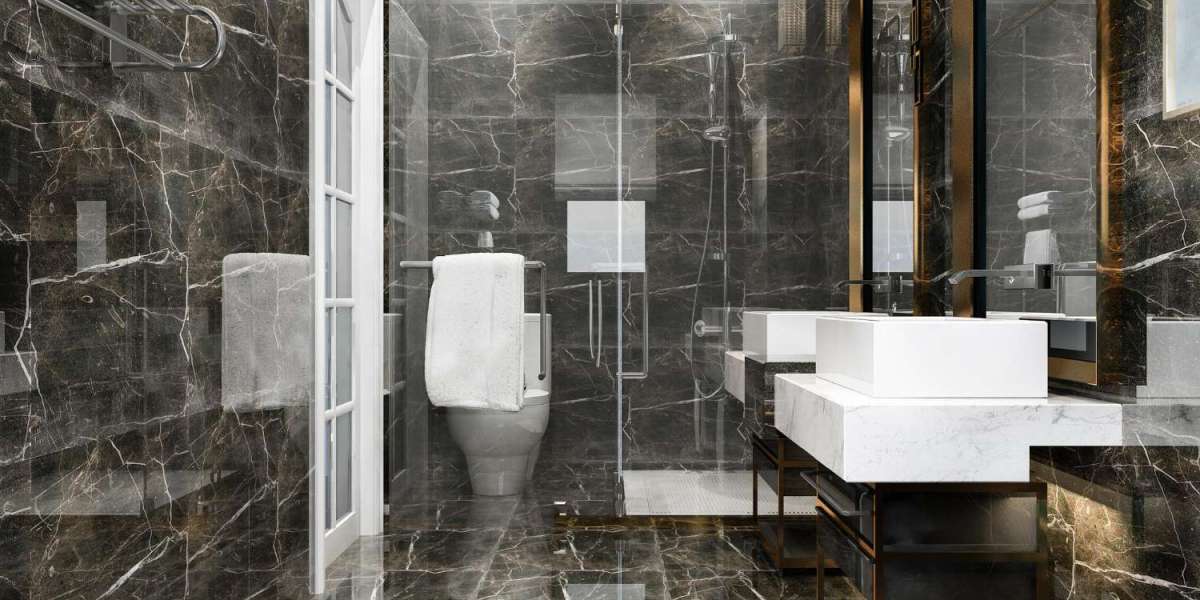As we look ahead to the future of bathroom design and construction, it's clear that innovation will play a pivotal role in shaping tomorrow's spaces. From cutting-edge materials to advanced technologies, the evolution of bathroom waterproofing is set to transform how we approach moisture protection in residential and commercial settings. Let's explore some emerging trends and innovations that are poised to define the future of bathroom waterproofing.
Graphene-Based Coatings
Graphene, a remarkable two-dimensional material composed of a single layer of carbon atoms, holds immense promise for revolutionizing bathroom waterproofing. Due to its exceptional strength, flexibility, and impermeability to gasses and liquids, graphene-based coatings offer unparalleled protection against water intrusion. These ultrathin coatings can be applied to various surfaces, forming a robust barrier that repels water while allowing for efficient vapor transmission. Furthermore, graphene's conductivity properties enable the integration of smart functionalities, such as real-time moisture monitoring and adaptive waterproofing adjustments, enhancing both performance and sustainability.
Hydrophobic Nanomaterials
Hydrophobic nanomaterials, engineered to exhibit water-repelling properties at the nanoscale level, are poised to become integral components of future waterproofing systems. By leveraging the principles of surface chemistry and nanotechnology, these advanced materials create superhydrophobic surfaces that effectively repel water droplets, preventing them from adhering to surfaces and causing damage. Hydrophobic nanomaterials can be incorporated into membranes, sealants, and coatings, offering enhanced durability, longevity, and resistance to stains, mold, and corrosion. Moreover, their self-cleaning capabilities reduce maintenance requirements and promote sustainability by conserving water and minimizing chemical usage.
Biomimetic Design Principles
Inspired by nature's ingenuity, biomimetic design principles are informing the development of innovative waterproofing solutions that mimic biological structures and processes. By studying natural phenomena such as lotus leaves, desert beetles, and marine organisms, researchers and engineers are uncovering novel strategies for moisture management and surface protection. Biomimetic waterproofing materials may incorporate microstructures that trap air or create microscopic textures, reducing surface contact area and promoting water repellency. Additionally, bio-inspired coatings may harness biochemical reactions to self-heal imperfections and maintain structural integrity over time, offering unprecedented resilience in harsh environments.
3D Printing Applications
The advent of 3D printing technology has revolutionized the manufacturing and customization of building components, including waterproofing elements. By harnessing the precision and versatility of additive manufacturing techniques, designers can create intricate geometries and tailored solutions for specific bathroom configurations and performance requirements. 3D-printed waterproofing membranes, fittings, and fixtures offer seamless integration, precise fitment, and enhanced functionality, optimizing resource utilization and minimizing waste. Furthermore, additive manufacturing enables rapid prototyping and iterative design refinement, accelerating the development and deployment of innovative waterproofing solutions in response to evolving needs and challenges.
Conclusion
As the boundaries of science and engineering continue to expand, so too do the possibilities for advancing bathroom waterproofing into uncharted territory. Graphene-based coatings, hydrophobic nanomaterials, biomimetic design principles, and 3D printing applications represent just a glimpse of the future innovations that will shape tomorrow's bathrooms. By embracing these transformative technologies and approaches, we can create spaces that not only withstand the rigors of moisture exposure but also inspire creativity, sustainability, and resilience in the built environment.








